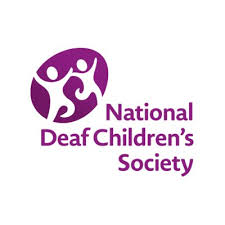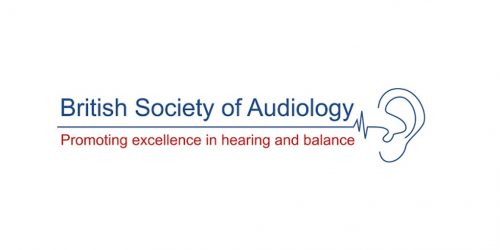Issues re: setting up FM systems with the NHS DSP hearing aids
Distortion
When setting up an FM system using this protocol distortion of up to 15% in the mid range frequencies may be observed. This is a higher level of distortion than would normally be accepted. (The normal limit is 10%.) If the ASHA 2000 guidelines are followed, this mid range distortion is even higher (30-40%). However this is not the low frequency distortion (highest at 500Hz or so) which is sometimes observed when testing linear hearing aids with FM systems, when the radio receiver volume increases. The distortion observed when using the proposed new MHAS-P protocol occurs in the mid range frequencies (around 1 -2 KHz). We believe that this pattern of distortion is probably an artefact of the test procedure arising from the fact that the hearing aids have different compression characteristics in different channels. At the present time we do not believe that the distortion presents a greater problem for the child. ( For those interested – Ref: VJRs notes on why the distortion is there and why it isn’t a problem.) As a precaution, it is important to listen to the radio system at the end of the procedure and to check subjectively that speech through it sounds acceptable. It is also important to ask older children what they think about the sound quality through the FM system. There will be questions on the evaluation questionnaire about this.
If distortion over 15% is observed across the whole frequency range then the radio system needs to be checked further either on its own or with a familiar analogue hearing aid.
There are ongoing consultations on this issue with Dawna Lewis (Boystown, USA) and with Harvey Dillon (NAL Australia). Don Schum (Oticon, USA) agrees that the distortion is not likely to be affecting sound quality (or we’d hear it) and points out that THD testing with this type of hearing aid may give false impressions of the actual distortion the circuitry is creating.
Comparison with ASHA 2000 Guidelines
The ASHA 2000 guidelines suggest an input of 80dBSPL but this gives very high distortion figures so we don’t recommend it.
The ASHA 2000 guidelines also suggest that after putting 80dBSPL into the FM transmitter microphone and running a FRC, the radio receiver volume control should be adjusted upwards to achieve a 10dB FM advantage. This is not recommended in this protocol for two reasons:
- In preliminary tests, even large increases in the VCW setting do not seem to produce a significant increase in output with the three DSP non linear hearing aids tested, so time is wasted as you then have to ‘re-balance’ after having been unable to achieve a higher FM advantage.
- It is arguably not the best outcome for younger users, at least, to have a 10dB FM advantage, even if it can be achieved. For reasons connected with ‘real life’ use, younger children will often want to hear themselves and others around them simultaneously with the teacher speaking into the FM transmitter. Also, if the teacher misuses the FM transmitter – leaving it on throughout a lesson is a very common problem – then a 10dB FM advantage means that the child is ‘cut off’ from his own voice and children’s voices around him. With a smaller FM advantage this may be less of a problem.
Noise Reduction
The noise reduction feature on some hearing aids presents a problem when setting up FM systems. This is because it is activated by non-modulated test signals and reduces gain accordingly. If noise reduction is set ‘full on’ across all channels we expect that it will be impossible to balance the FM system effectively. Under these circumstances the ToD should seek help from the audiology clinic, where the noise reduction feature can be switched off while the FM system is balanced and then turned on again for normal use.
We do not expect that noise reduction will usually be set in this way. Normally it will be set to operate on some channels only, and perhaps only to a limited degree as well. Under these circumstances we have been able to set up the A&M Selectra successfully. To do this, ToDs should follow the protocol with the following changes:
- At step 2, wait 5 – 10 seconds for the FRC to ‘settle’ before noting the gain or output at 1 KHz.
- At step 5, wait for the FRC to ‘settle’ before adjusting the VC on the FM receiver.
Other Issues
- If the GNReSound Danalogic is used a neckloop will be required to use it with an FM system. Program the telecoil setting to match the FRC curve recommended for the child. The protocol can still be used.
- The Starkey beige DAI cable doesn’t work well with other hearing aids – waiting for a response from them as to why.
References:
Rowson, V. (2001) Personal communication re: distortion on DSP WDRC hearing aids when linked with FM systems





